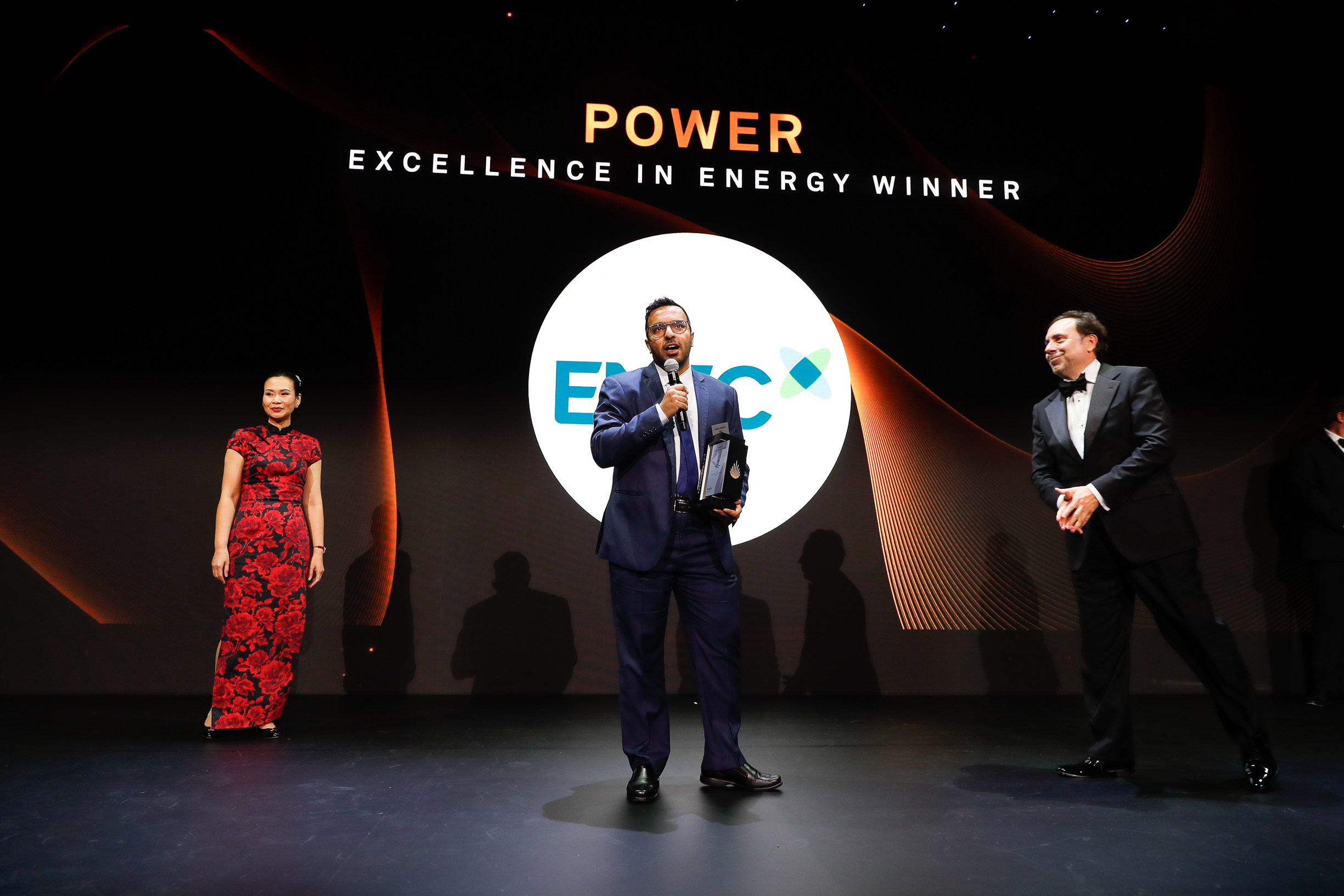Business
ENEC receives major S&P Global award for Barakah Nuclear Energy Plant

The Emirates Nuclear Energy Company (ENEC) was recognised for the successful delivery and operation of the Barakah Nuclear Energy Plant, the first multi-unit nuclear plant, and the largest single source of clean electricity in the Arab world.
ENEC was named winner of the Excellence in Energy – Power category at the 2025 Platts Global Energy Awards, hosted by S&P Global Commodity Insights in New York. It was the first time in a decade that an exclusively nuclear energy company received this award.
The award acknowledges Barakah’s status as a global benchmark for energy projects, as a large-scale civil nuclear energy project delivered safely, efficiently, within schedule, and to the highest international standards, while bringing lasting national and international benefits.
Selected by an independent panel of international energy experts, the award category is open to projects across all generation technologies in a highly competitive field spanning renewables, conventional power, and advanced grid solutions.
Mohamed Al Hammadi, Managing Director and Group Chief Executive Officer of ENEC, commented: “This award is a clear recognition that nuclear energy is a crucial source of clean baseload electricity. The development of the Barakah Plant and the abundant electricity our highly qualified UAE Nationals, together with our international experts, generate is a testament to the vision and unwavering support of the UAE Leadership back in 2008.
“It has transformed the region’s energy landscape and supported our communities, industries, and growing digital infrastructure with dependable, clean electricity.
“We are now working with other countries and companies to share our model of civil nuclear success to accelerate the successful and timely deployment of nuclear energy globally.”
The Platts Global Energy Awards, which has acknowledged achievements across the sector for nearly three decades, highlights organisations delivering real impact through their work.
ENEC’s win confirms Abu Dhabi and the UAE’s leading position within the global energy sector, affirming the country as a model of civil nuclear best practice and reflecting the growth and ambition of the region as a major power producer to meet the massive demands coming from the AI and tech sectors, as well as heavy industries looking for cleaner, reliable power sources.
With its global-first recognition at the 2025 Platts Global Energy Awards, ENEC’s win signals a turning point for the company, as it now exports its expertise and expands its international cooperation to accelerate safe, efficient, and timely deployment of nuclear energy worldwide.









